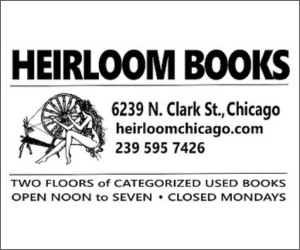The first day of school has always been widely acknowledged as the chill day of class. After hearing every student’s hometown, major, grade and a cookie-cutter fun fact about themselves, the syllabus gets passed around and students all settle in for a long-winded explanation of the semester ahead. While for some, this part of class …
STAFF EDITORIAL: Classroom Resources Should Be Included in Tuition
The first day of school has always been widely acknowledged as the chill day of class. After hearing every student’s hometown, major, grade and a cookie-cutter fun fact about themselves, the syllabus gets passed around and students all settle in for a long-winded explanation of the semester ahead.
While for some, this part of class may be a time to mentally check out, others anxiously await the “required reading” section that outlines the books a student may need to buy to ultimately succeed in the class.
A sigh of relief may be heard from students after professors provide a PDF version or say the book is free and accessible through Loyola libraries. However, when the professors fail to mention the high price of a book, students are forced to open Amazon or the Loyola bookstore website and face the harsh realities of paying upwards of $100 on top of the baseline $50,270 annual tuition cost — a total that’s increasing $2,170 this year, The Phoenix reported.
The 2023-24 tuition increase is going toward financial aid and instructor salaries and benefits, The Phoenix reported. Supplies needed in order to perform well should also be included — but they’re not.
With textbook costs unclear prior to the semester, students are unable to financially prepare for the cost that lies ahead. While financial aid is offered to students needing support covering their education, budgeting for the extra cost of textbooks can be difficult when they are unknown to students until syllabi are released.
Yes, students choose to attend Loyola. And they choose to pay this tuition. But there is not enough say from students in what the tuition is covering.
During the virtual semesters, before July 6, 2020, students were given free, at-home access to Adobe programs, including Photoshop and Premiere Pro. For a lot of classes, especially in the journalism department, access is mandatory for any sort of success, but students are forced to work at “Loyola imaged machines” in the library or have to purchase an Adobe subscription, which could cost around $20 a month.
Textbooks and these programs are essential to simply taking each class, but they still are not included in the exorbitant amounts of money students spend attending Loyola.
If students were able to have at-home access before July 2020, why is that no longer a viable option unless a student is enrolled in very specific courses?
While class materials such as textbooks may benefit both in-class instruction and independent studying, it’s unfair to ask students to sacrifice more of their money in order to succeed in a class they are already paying for.











